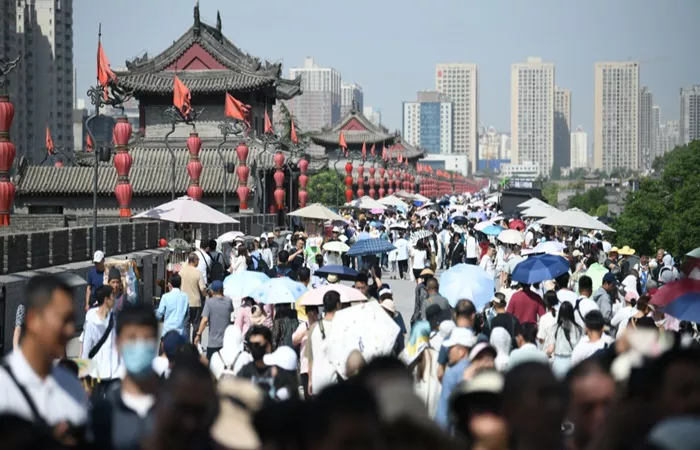Mianyang, Sichuan Province, has drawn attention by including a provision to “encourage a 4.5-day workweek with a 2.5-day weekend model combining Friday afternoons and weekends” in its 2025 consumption promotion plan. This initiative reflects a growing trend among Chinese cities to experiment with flexible work arrangements, though implementation remains limited and legally controversial.
Patchy Implementation Across Regions
Since 2016, cities like Ji’an in Jiangxi Province have trialed Friday afternoon flexible schedules for government agencies and public institutions during summer months, aiming to boost tourism and local economies. However, interviews with civil servants and educators in Ji’an and Mianyang reveal low adoption rates, with most workplaces yet to implement the policy.
Provincial-level initiatives, such as Hebei’s 2020 guidelines encouraging 2.5-day weekends to attract Beijing-Tianjin weekend tourists, have also seen mixed results. Central to these efforts is the hope that extended weekends will drive leisure spending, aligning with the State Council’s 2015 call to “optimize vacation arrangements” for tourism growth.
Legal and Practical Hurdles
Current Chinese labor laws mandate an 8-hour daily and 40-hour weekly work standard. Advocating for a 2.5-day weekend poses legal and logistical challenges:
Workload Redistribution: Reducing weekly workdays to 4.5 while maintaining 40 hours implies longer daily shifts (8.89 hours per day), potentially requiring overtime pay and complicating payroll structures, notes Central University of Finance and Economics law professor Shen Jianfeng.
Voluntary vs. Mandatory: Policies emphasize “encouragement” rather than being mandatory,with no legal penalties for non-compliance. Beijing lawyer Guo Zheng clarifies that these are guiding suggestions, not binding rules, allowing employers to opt in based on operational needs.
Sectoral Disparities: Government agencies and state-owned enterprises face fewer barriers to implementation, while private enterprises—especially in manufacturing or service sectors requiring continuous operations—may struggle to adopt flexible schedules without financial incentives or policy support.
Academic and Legal Perspectives on Reform
Experts highlight the need for clearer legal frameworks:
Shen Jianfeng stresses that modifying labor laws or introducing detailed regulations on wage structures and overtime calculations is essential to avoid legal ambiguities.
Wang Tianyu, a CASS law researcher, warns of potential inequities if only public institutions adopt the policy, urging policymakers to define “qualified conditions” for implementation and consider subsidies for private enterprises.
Guo Zheng proposes integrating the 2.5-day model with existing annual leave systems, such as counting Friday afternoons as part of statutory or company welfare leave, to mitigate resistance from both employers and employees.
The Road Ahead: Balancing Reform and Regulation
While the 2.5-day weekend concept garners public interest, its long-term viability hinges on policy refinement:
Pilot Programs: Prioritizing trials in sectors like technology, tourism, and public services where flexibility is feasible.
Legal Clarity: Enshrining flexible work arrangements in law or issuing administrative guidelines to address computation of hours worked、salary structure,and enforcement mechanisms.
Incentive Structures: Offering tax breaks or subsidies to private enterprises that adopt the model, ensuring fair access to rest rights across sectors.
As China navigates the dual goals of economic stimulation and labor rights protection, the 2.5-day weekend experiment underscores the delicate balance between policy innovation and legal consistency. While the initiative’s non-mandatory nature allows for gradual adaptation, stakeholders agree that systemic reforms are needed to transform this concept into a sustainable nationwide practice.
Related topics:

